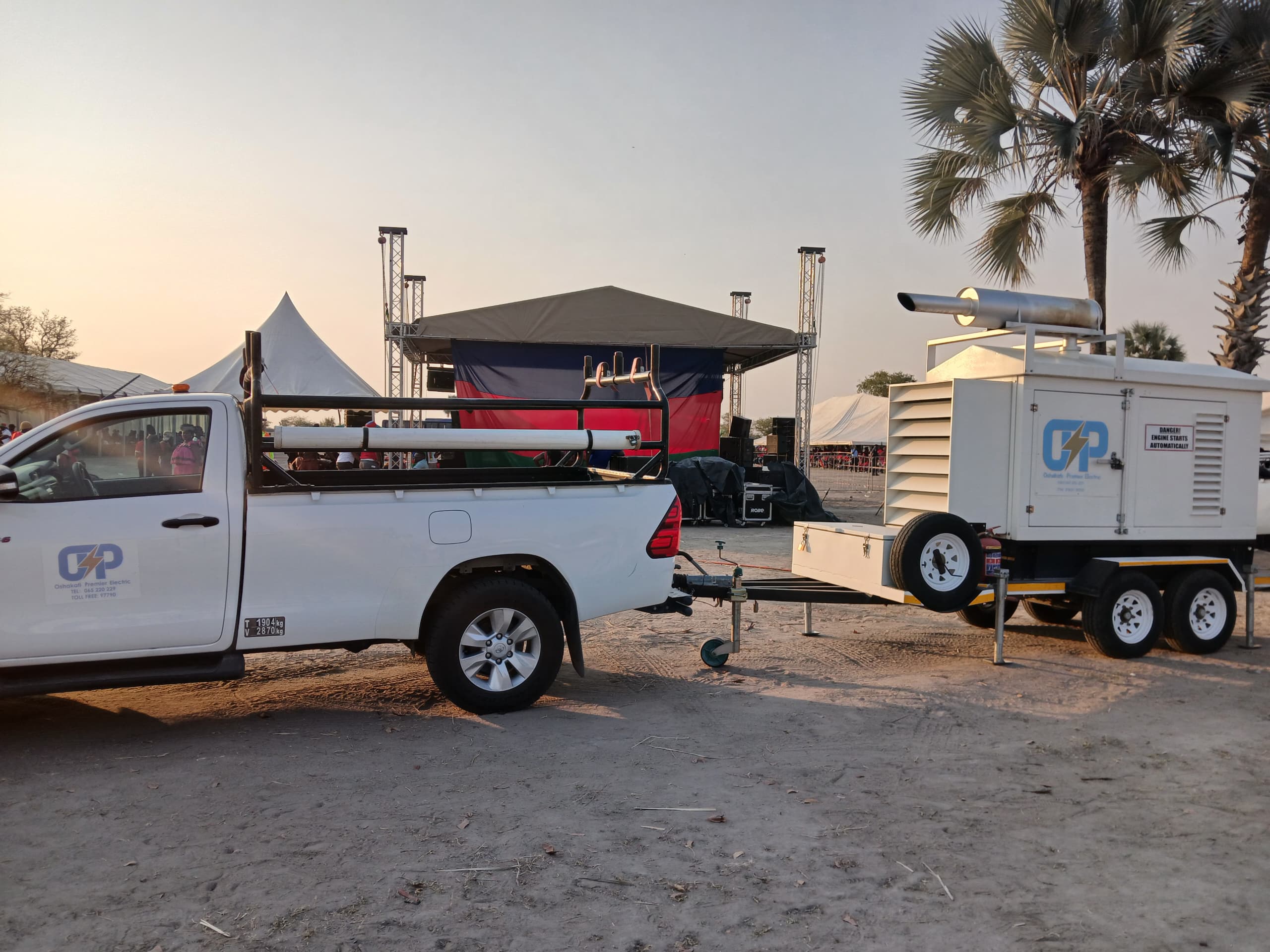Healthcare is a fundamental right enshrined in the Namibian Constitution, playing a crucial role in the well-being of our nation.
While the government ensures access to healthcare through public services and facilities, these efforts are supplemented by the private healthcare industry, which involves multiple stakeholders working together to deliver quality medical services.
This article focuses on the private health funding industry, highlighting the role of the Namibian Association of Medical Aid Funds (Namaf) within this complex ecosystem.
The Legal Framework
The Medical Aid Funds Act 23 of 1995 provides the framework within which Namaf and medical aid funds operate.
The act’s purpose is “to provide for the control and promotion of medical aid funds; to establish the Namibian Association of Medical Aid Funds; and to provide for matters incidental thereto.”
Section 10 of the act mandates Namaf to control, promote, encourage and coordinate the establishment, development and functioning of medical aid funds in Namibia. However, the current regulations under this act have proven inadequate for Namaf to fully achieve all aspects of this mandate, particularly in regulating all functions of medical aid funds.
The Foundation of the Health Funding Industry
Healthcare, which is a constitutional right for all Namibians, must be accessible, affordable and appropriate.
The responsibility of ensuring that this right is upheld rests with the Ministry of Health and Social Services as part of a social contract to ensure the health of the Namibian population. The ministry sets the national health agenda, aiming to provide quality healthcare services to all citizens.
Approximately 82% of the population relies on the government for healthcare services and a further 10% on the Public Service Employees Medical Aid Scheme. The private healthcare sector plays a vital complementary role, serving the remaining 8% of the population, ensuring they too have access to quality healthcare services.
The health funding industry faces two risks, namely financial prudential risk and clinical risks, necessitating oversight by two regulators.
The Namibia Financial Institutions Supervisory Authority (Namfisa) regulates the financial prudential risk, and Namaf regulates the clinical risk.
Namfisa, established under the Namibia Financial Institutions Supervisory Authority Act of 2001, oversees the financial supervision of the health funding industry. Its role includes the approval and registration of medical aid funds, as well as ensuring that they operate within a sound financial and legal framework.
Namaf, on the other hand, was established under Section 10 of the Medical Aid Funds Act and serves as the clinical risk regulator.
A core function of Namaf is the administration and management of a coding structure – the standardised language that clinicians, administrators, and medical aid funds use to manage healthcare expenses and ensure that funds can perform their regular functions.
Namibia has seven medical aid funds, namely Renaissance Health, Nammed, Namibia Health Plan, Namibia Medical Care, Heritage Health, Napotel, and Namdeb Medical Scheme. These funds operate on a not-for-profit basis, grounded in principles of social solidarity and cross-subsidisation, with the aim of making private healthcare accessible and affordable for their members.
A Closer Look at Namaf’s Role
Namaf’s regulatory function centres on creating a conducive environment where medical aid funds can operate effectively.
This is achieved through the administration of a standardised coding structure, which includes practice numbers, diagnostic codes, procedure codes, and NAPPI codes.
These codes serve as the backbone for processing claims and managing healthcare risks, providing a common language for healthcare providers and funds to follow.
Namaf also determines billing guidelines and sets benchmark tariffs, which act as advisory rates for medical services.
While the coding structures and billing guidelines are mandatory, the benchmark tariffs are not. Medical aid funds and healthcare providers have the discretion to decide whether to adhere to these tariffs, which can lead to variability in what is covered and at what cost.
Due to the limitations of the Medical Aid Funds Act, Namaf’s control is largely confined to these technical aspects.
Namaf cannot regulate the conduct of medical aid funds. Among other things, this means Namaf does not have authority over the design of the funds’ benefits. In other words, Namaf cannot dictate how much funds must pay for specific services, or which services must be covered.
Beyond regulation, Namaf’s mandate includes promoting awareness, education and training among all stakeholders in the healthcare sector.
Namaf also plays a vital coordinating role, facilitating communication between medical aid funds – including their boards of trustees, principal officers and administrators, healthcare providers and government bodies like the health ministry and the Health Professions Council of Namibia.
This coordination helps ensure that the healthcare system remains robust and responsive to the needs of medical aid fund members.
A Collaborative Effort for Quality Healthcar
The Namibian private health funding industry is a collaborative effort involving multiple stakeholders, each playing a crucial role in ensuring the effective functioning of the system.
Namaf, alongside Namfisa and medical aid funds, works diligently to ensure that private healthcare is accessible, affordable and of high quality.
By understanding how this system operates and the roles of its various players, we can better appreciate the importance of a well-regulated and transparent health funding industry in Namibia – an industry that is essential to health and financial security.
- Uatavi Mbai is the stakeholder relations and communication manager at the Namibia Association of Medical Aid Funds (Namaf).
Stay informed with The Namibian – your source for credible journalism. Get in-depth reporting and opinions for
only N$85 a month. Invest in journalism, invest in democracy –
Subscribe Now!






